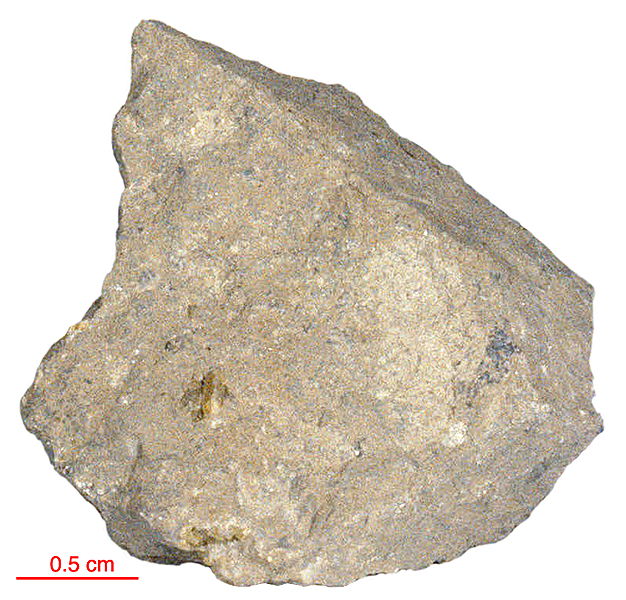
Fact sheet
15357 is a rake sample that can be compared with 15356 and 15359. It is a poikilitic impact melt with mineral clasts that may be a rare piece of the Imbrium melt sheet. The texture is micropoikilitic with pyroxene (pigeonite) oikocrysts about 100 microns across containing small stubby plagioclase crystals. Some coarser (50 microns) plagioclase crystals are interoikocryst or penetrate oikocrysts. Ilmenite is elongated but not bladed. Interstitial silicic glass with apatite is common. Clasts are larger, more varied, and more abundant that in 15356. Rotation 1 shows clasts of pyroxene and plagioclase feldspar, whereas rotation 2 mainly shows a basalt clast and a small devitrified glass fragment.
The sample weighed 11.8 grams before analysis and has been dated at 3.85±32 billion years (Ar/Ar).
Further details of this and other Apollo samples are here: http://curator.jsc.nasa.gov/lunar/
The Apollo 15 landing site was in the Apennine Highlands, and close to Hadley Rille — a long, narrow winding valley. Approximately 76 kg of lunar material, including soil, rock, core-tube and deep-core samples, were returned to Earth.
This mission was the first flight of the Lunar Roving Vehicle which allowed the astronauts to venture further from the Lunar Module than in previous missions. During three periods of extravehicular activity, or EVA, on July 31st, and August 1st and 2nd, Scott and Irwin completed a record 18 hours, 37 minutes of exploration, travelling 17.5 miles, in the first car that humans had ever driven on the Moon.
Apollo 15 was launched on 26 July 1971.






